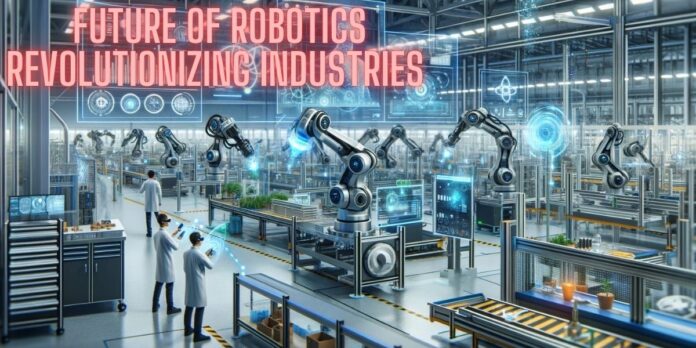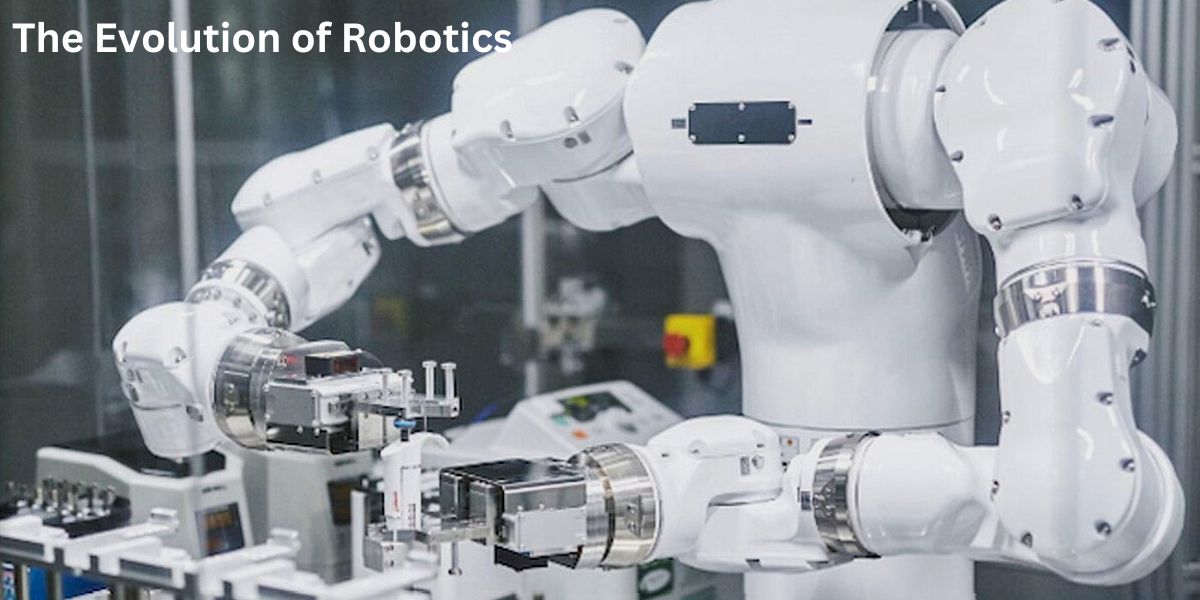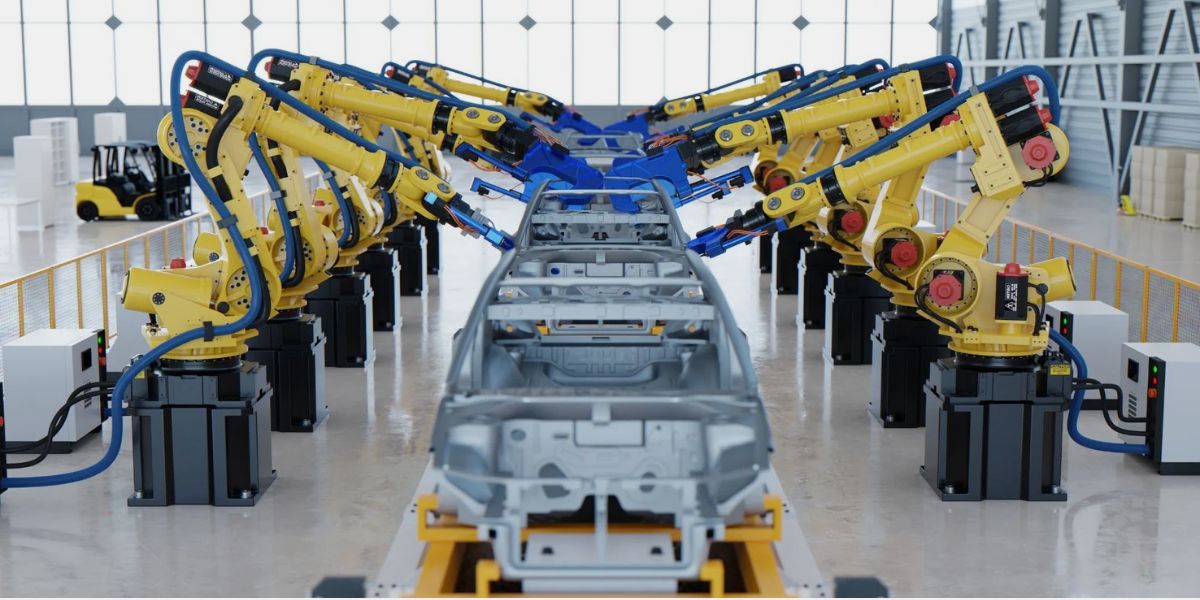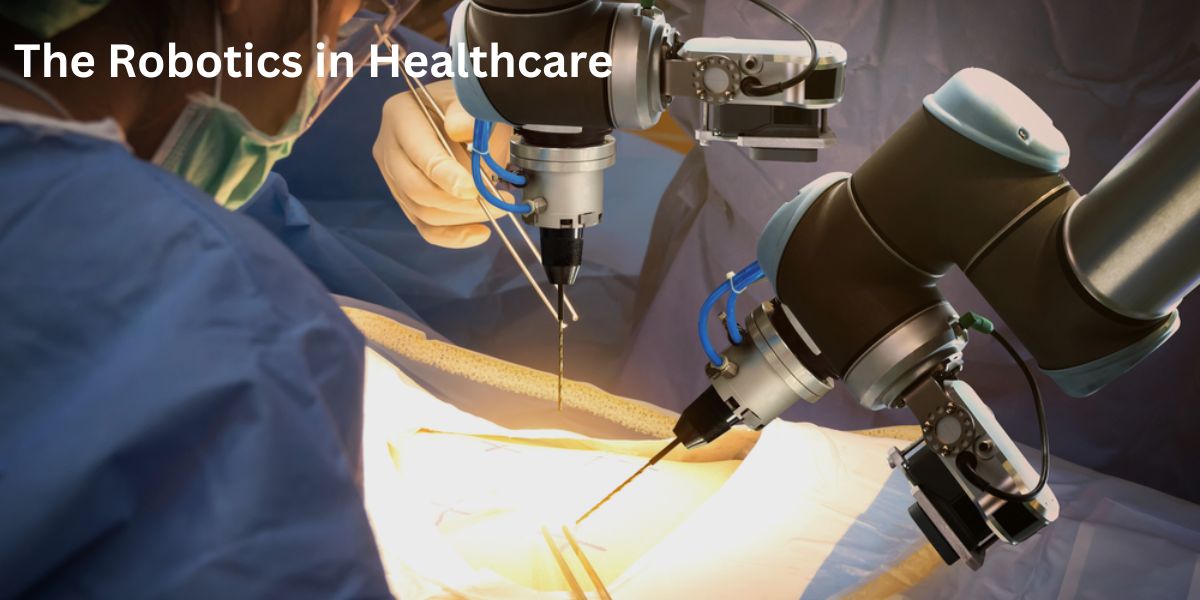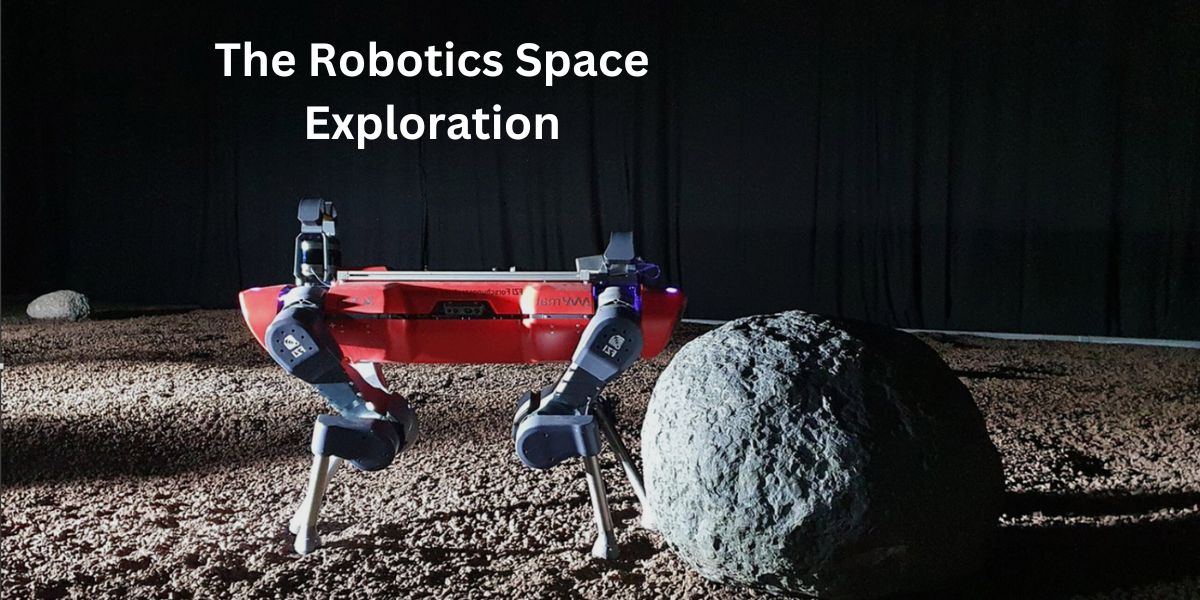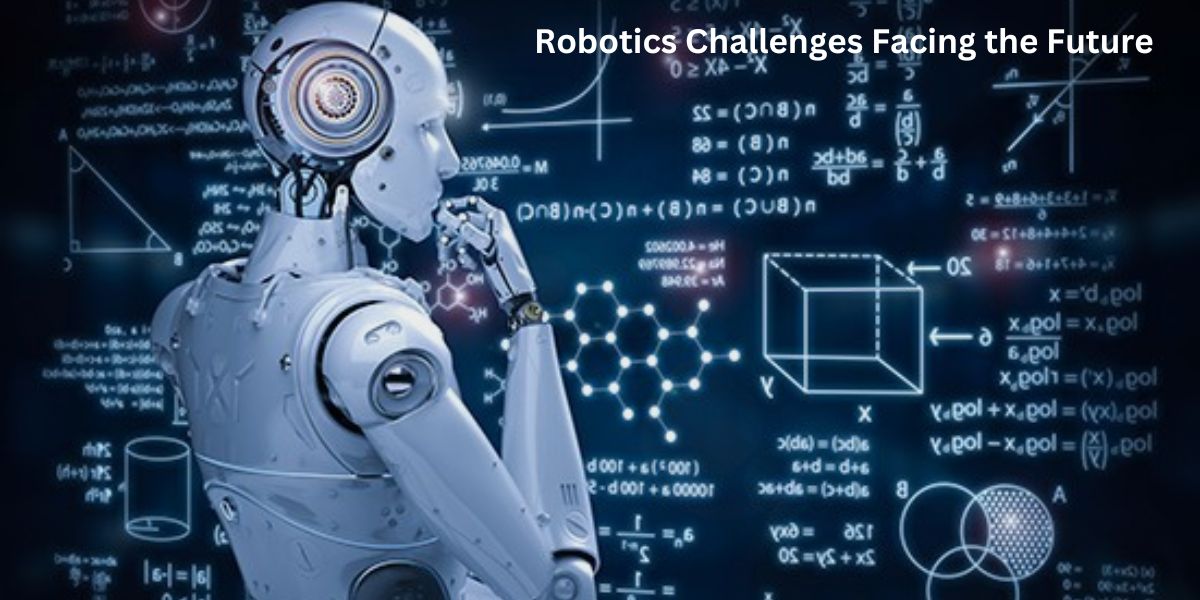As we move deeper into the 21st century. The integration of robotics into everyday life and various industries is transforming the way we live and work. From manufacturing to healthcare, agriculture to space exploration, the future of robotics holds immense potential. Robots are becoming smarter, more versatile, and capable of taking on tasks that once seemed impossible. In this article, we will explore how robotics is expected to evolve, the industries. It will impact the most, and what the future holds for this cutting-edge technology.
The Evolution of Robotics
Robotics has come a long way since its inception. Initially, robots were primarily used in industrial applications such as car manufacturing. Where they performed repetitive tasks like welding and assembly. These robots were large, immobile, and operated within highly controlled environments. However, advancements in artificial intelligence (AI), machine learning, and sensor technology have allowed robots to evolve beyond their original scope.
Today, robots are equipped with advanced AI that allows them to “learn” from their environment and adapt to changing conditions. This has opened up new possibilities for their use in sectors like healthcare, service industries, and even households. Autonomous robots can now perform tasks such as vacuuming, delivering packages, and even performing surgeries. With further advancements in AI and robotics, the scope for these machines will continue to expand.
Robotics in Key Industries
Manufacturing
Manufacturing has traditionally been the industry most closely associated with robotics, and it continues to lead the charge in robotics adoption. With the advent of Industry 4.0, smart factories are becoming the new norm, where robots work alongside humans to enhance productivity and efficiency. Collaborative robots, or “cobots,” are designed to work in close proximity to human workers, performing tasks that are repetitive or hazardous. This reduces workplace accidents and allows human workers to focus on more complex tasks.
3D printing technology
In the future, robots will take on even more roles in manufacturing. With advancements in AI, robots will be able to predict equipment failures, optimize production lines, and even customize products in real-time based on consumer demand. The integration of robotics with 3D printing technology will also revolutionize the production process, enabling the creation of complex designs and reducing production times.
Healthcare
One of the most exciting applications of robotics is in the healthcare sector. Surgical robots, such as the da Vinci Surgical System, have already transformed how surgeries are performed, allowing for minimally invasive procedures that result in faster recovery times. In the future, robots could play an even greater role in diagnostics, patient care, and rehabilitation.
AI-powered robots
For example, robotic exoskeletons are being developed to help patients with mobility impairments regain movement. AI-powered robots could assist doctors in diagnosing diseases by analyzing medical data and images with greater accuracy than human eyes alone. In elder care, robots may soon be able to monitor vital signs, administer medications, and provide companionship to those in need. This will be particularly important as the global population ages, creating a higher demand for healthcare services.
Agriculture
Agriculture is another industry poised to benefit greatly from advancements in robotics. Traditional farming methods are labor-intensive and often inefficient, but the integration of robots can increase both productivity and sustainability. Autonomous tractors and harvesters can work around the clock, using AI to optimize planting, watering, and harvesting schedules based on soil conditions and weather patterns.
Robots equipped with advanced sensors
Robots equipped with advanced sensors and computer vision are also being developed to identify and remove weeds without the need for harmful herbicides. Drones are already being used to monitor crops and apply fertilizers and pesticides more precisely. In the future, entire farms may be run by a network of robots, drastically reducing the need for human intervention and making farming more sustainable.
Space Exploration
The future of robotics also lies beyond our planet. Space exploration has always relied on robotic technology, from the Mars rovers to the International Space Station’s robotic arms. However, as we look to the future, robots will play an even more critical role in exploring distant planets and establishing human settlements in space.
NASA And SpaceX
NASA and private companies like SpaceX are developing robots that can perform tasks in environments that are too dangerous or difficult for humans. For instance, robots could be sent to build infrastructure on the moon or Mars before human astronauts arrive. Autonomous robots equipped with AI will be able to navigate harsh environments, mine resources, and conduct scientific experiments, expanding our understanding of the universe.
Challenges Facing the Future of Robotics
While the future of robotics holds great promise, there are still significant challenges that need to be addressed. One major issue is the ethical and societal implications of widespread robotics adoption. As robots become more capable, there are concerns about job displacement, particularly in industries like manufacturing and retail. While robots can perform many tasks more efficiently than humans, they lack the creativity, emotional intelligence, and critical thinking skills that are essential in many jobs. This raises questions about how to balance the benefits of robotics with the need to protect human jobs and livelihoods.
Robots operating
Another challenge is ensuring the safety and security of robots, particularly as they become more autonomous. Robots operating in public spaces or interacting with humans must be able to make safe and ethical decisions. This will require ongoing advancements in AI, as well as the development of regulatory frameworks to govern the use of robotics.
The Future of Robotics: What to Expect
Looking ahead, the future of robotics is bright, with advancements in AI, machine learning, and hardware driving the next wave of innovation. In the coming years, we can expect robots to become even more integrated into our daily lives, performing tasks that range from household chores to complex surgeries. Industries like manufacturing, healthcare, and agriculture will continue to be transformed by robotics, leading to increased efficiency and productivity.
Robots Exploring The Planets
In the long term, robots may even take on roles that were once the stuff of science fiction, such as exploring other planets or providing personalized care for individuals in need. As robots become more intelligent and capable, their potential applications will expand, offering new solutions to some of the world’s most pressing challenges.
However, it is essential to approach the future of robotics with caution, addressing the ethical and societal challenges that come with such rapid technological advancements. By doing so, we can ensure that the benefits of robotics are shared by all and that this revolutionary technology is used to enhance, rather than disrupt, our lives.
Conclusion
The future of robotics is poised to revolutionize industries, improve healthcare, enhance space exploration, and even reshape daily life. As robots become more intelligent, autonomous, and integrated into society, they will transform how we live and work. However, with this transformation comes responsibility, as ethical considerations and challenges must be addressed. With careful development and regulation, robotics can bring about a future filled with possibilities, making. The world safer, more efficient, and more sustainable.

